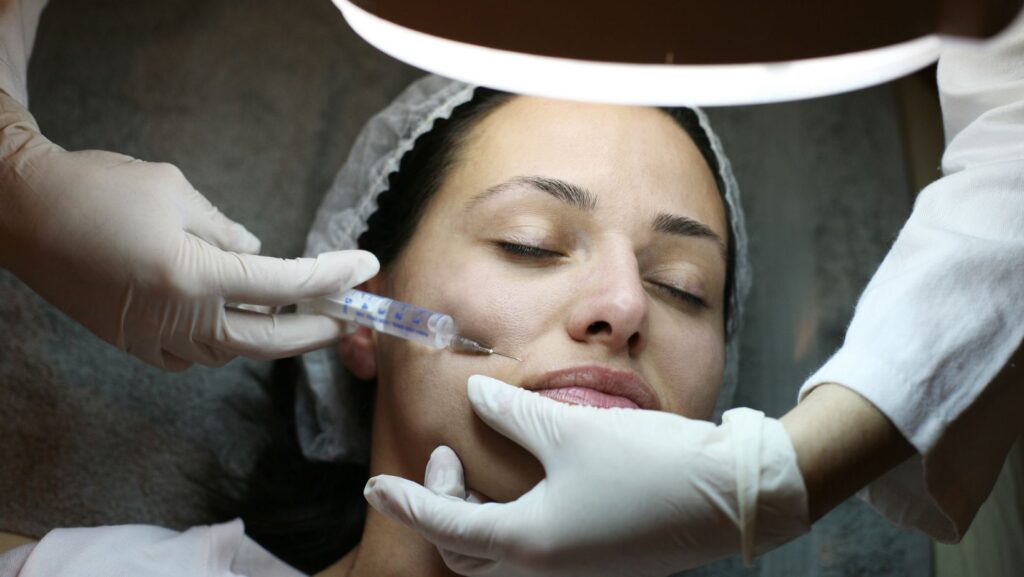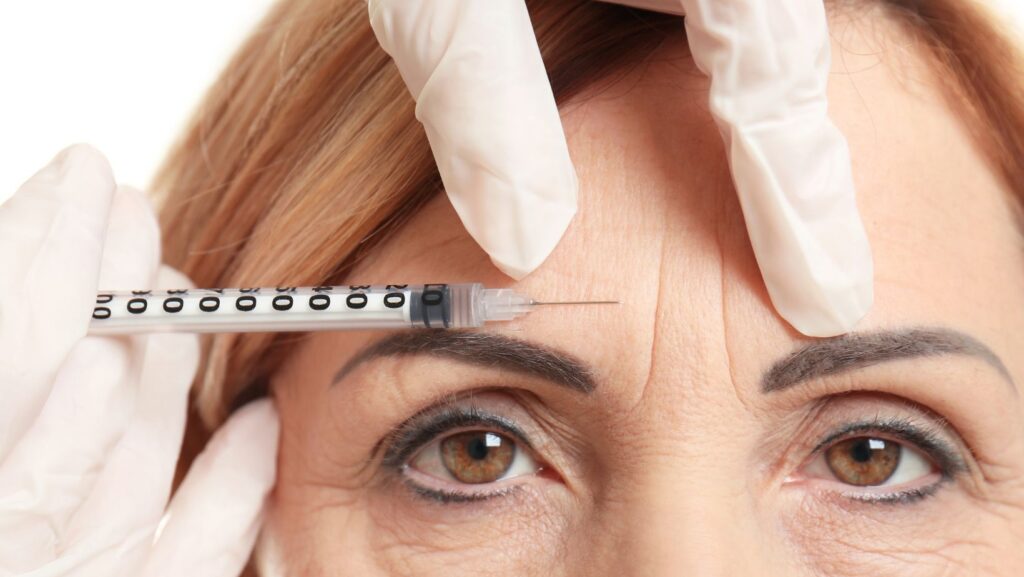Introduction
The demand for Botox and other aesthetic injectables has grown exponentially in recent years, transforming the cosmetic industry into a highly competitive and regulated sector. As clinics strive to meet patient expectations for safe and effective treatments, the role of a medical director has become central to operations.
A Botox clinic is not merely a beauty service provider, it is a healthcare practice bound by medical regulations, patient safety protocols, and ethical standards. A qualified medical director ensures that these standards are met, positioning the clinic for long-term success.
Why Botox Clinics Require a Medical Director
Botox may appear routine, but it is classified as a medical procedure that requires proper oversight. Most states mandate physician supervision, even when injections are performed by nurses, nurse practitioners, or physician assistants. Botox supervision requirements ensure that providers remain within their scope of practice, with nurses rarely allowed to administer injections independently.
Operating without a medical director or supervising physician carries serious risks. Clinics that ignore these rules can face penalties, fines, or even the loss of licensure, making compliance both a legal necessity and a safeguard for patient safety.
Legal Compliance and Risk Management
Botox administration, while minimally invasive, falls under the scope of medical practice. Federal and state authorities impose strict regulations on prescribing, patient documentation, and procedural protocols. A medical director ensures that these requirements are consistently upheld.
Responsibilities include:
- Authorizing prescriptions and verifying patient eligibility.
- Establishing protocols for consent, recordkeeping, and follow-up.
- Overseeing adherence to state medical board and FDA regulations.
Partnering with a qualified medical director helps streamline compliance processes, minimizing the risk of legal issues. Without proper oversight, clinics may face malpractice claims and considerable financial liability.
Patient Safety as a Priority
The foremost responsibility of any medical practice is safeguarding patient health. Botox injections, while generally safe, can cause complications such as infection, allergic reactions, or vascular occlusion if improperly administered.
A medical director provides critical oversight by:
- Reviewing medical histories to identify potential contraindications.
- Establishing standardized treatment protocols.
- Implementing emergency response plans for adverse events.
Research highlights the critical role of physician oversight in reducing preventable medical errors. This involvement not only enhances safety but also reassures patients that their health and well-being are the top priority.
Enhancing Clinic Credibility and Patient Trust
Reputation is a defining factor in the success of aesthetic clinics. Patients are far more likely to choose providers who demonstrate medical oversight and professional accountability. A medical director lends credibility, signaling that the clinic operates with a strong commitment to safety and ethical standards.
Qualified medical directors play a vital role in fostering patient trust and upholding professional standards. Their involvement provides reassurance that treatments are carried out under the supervision of licensed medical professionals rather than being left entirely to cosmetic technicians.
The Medical Director’s Role in Business Growth
Beyond compliance and safety, medical directors contribute significantly to the strategic growth of Botox clinics. Their involvement extends to:
- Training and mentoring staff to maintain consistent standards of care.
- Approving new services and advanced techniques.
- Guiding clinic policies that enhance efficiency and patient satisfaction.
Medical directors help healthcare practices grow by keeping operations compliant and steady today, while also setting clinics on the path for future expansion and profitability.
Risks of Operating Without a Medical Director
Some clinic owners may be tempted to avoid the expense of appointing a medical director, but doing so is a high-risk strategy. Consequences include:
- Legal penalties: non-compliance with state laws can result in fines, sanctions, or closure.
- Patient safety risks: lack of oversight increases the likelihood of medical errors.
- Reputational damage: negative patient outcomes can severely undermine public trust.

The absence of a medical director can quickly erode both professional credibility and financial stability.
Hiring the Right Medical Director
For practice owners, the key question is not whether they need a medical director, but how to engage one effectively. Many clinics now pursue flexible arrangements, enabling them to hire medical director for Botox clinic services without committing to a full-time physician.
Oversight solutions designed to fit the specific needs of clinics provide a scalable and cost-effective way to maintain compliance. This approach not only streamlines operations but also helps clinics stay competitive in an increasingly crowded marketplace.
Conclusion
The role of a medical director in Botox clinics extends far beyond compliance; it is integral to patient safety, clinic credibility, and sustainable growth. Clinics that invest in qualified oversight position themselves as trusted providers, protecting both their patients and their business.
Operating without a medical director is not only a legal and medical risk but also a strategic misstep in today’s regulated healthcare environment. By securing professional oversight, clinic owners can ensure they deliver treatments that are safe, compliant, and aligned with the highest standards of care.

